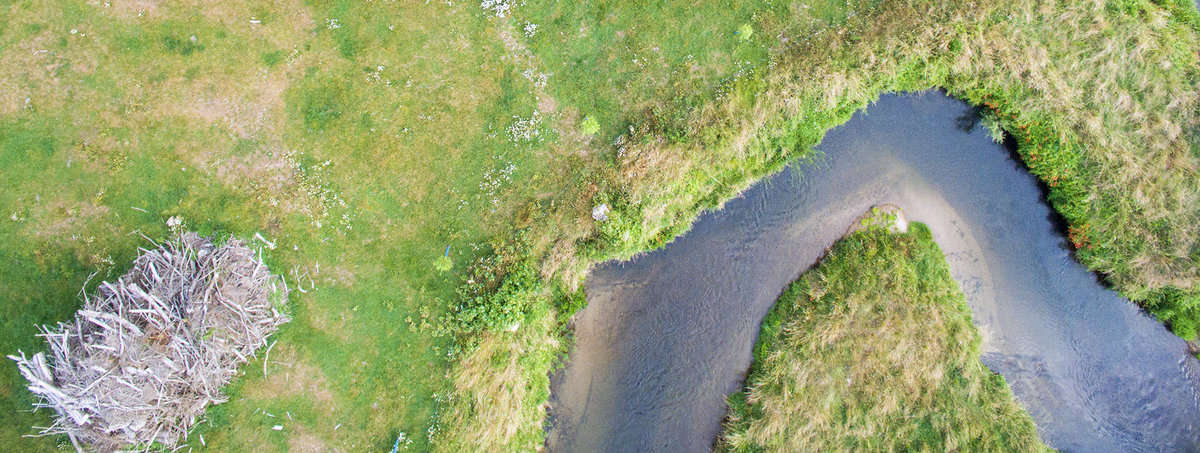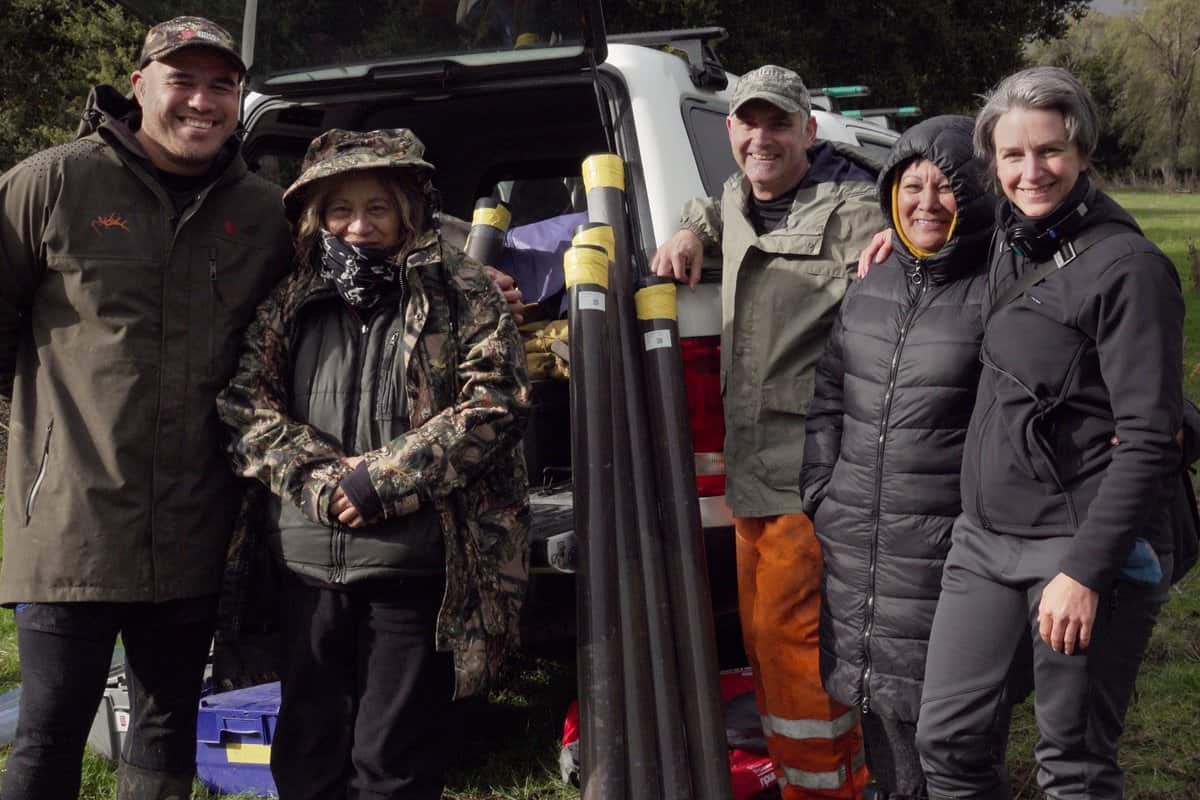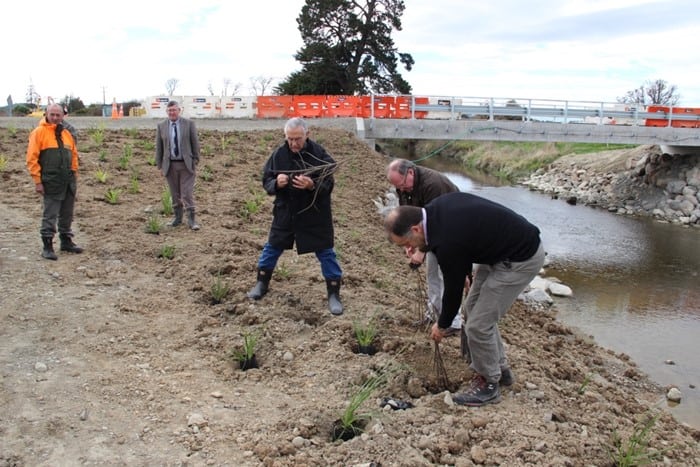Rangitīkei River Story

Rangitīkei River Story
Ngā Puna Rau o Rangitīkei (NPRoR) is a large catchment group with an ambitious goal to provide for a whole-of-catchment approach to preserving and enhancing the mauri of the Rangitīkei Awa and community.
Since 2015, the group has been encouraging a greater understanding amongst the community about what can be done to enhance and restore Rangitīkei Awa, and the important role everyone can play.
Reece Martin is the NPRoR Project Manager and says that although the project has only been formalised relatively recently, iwi, hapū and marae have been working together as a collective for over 15 years to look after the Awa.
“Early on our team realised the benefits of working together, so iwi have joined together with the local Councils to work collaboratively across the catchment,” Reece said.
The group have been undertaking fencing and planting work throughout the catchment, monitoring freshwater health, teaching others about issues associated with the Awa.
“We got an early boost with money from the Government’s Te Mana o Te Wai Fund, and support and advice from Horizons Regional Council. This enabled us to get started with planting, fencing and some land retirement.
“This boost also enabled us to more closely work together and align our efforts. Our Strategy and Action Plan for the Awa was launched in June 2019, and sets out a 100 year work programme for improving the health and well-being of the Rangitīkei Awa. One hundred years may seem like a long time, but some of the issues require long-term planning and solutions. We are planning for intergenerational success.”
The vision of caring for the Awa, Ki Uta, Ki Tai from the Mountains to the Sea, came a step closer to being realised in 2020, when NPRoR secured $5.5 million in funding from the Ministry for Primary Industries and the Provincial Growth Fund to undertake planting and enhancement work on more than 40 Māori land blocks throughout the catchment.
“We have created over 30 jobs for people who want to do important mahi rejuvenating our Awa. We’re installing 96km of riparian fencing, developing and installing stock crossings and stock water reticulation systems, and planting 366,000 native seedlings. With support from others, we’re hoping we can extend this work programme.”

Photo: Ngā Puna Rau o Rangitīkei group members meet with GNS Science and Cawthron Institute Researchers as part of the Lakes380 research programme’s Lake Oporoa sampling activities.

Photo: Ngā Puna Rau o Rangitīkei planting day
As part of NPRoR’s work, Iwi have established their own fencing and earthworks businesses, and are looking to expand into planting and pest control work.
“NPRoR is keen to be involved directly in riparian enhancement work over the long-term. We are developing a cultural monitoring framework that is based on mātauranga Māori and western science, and are contributing to the wider research on lakes in the Rangitīkei catchment as part of the Lakes380 project. Weaving together this knowledge on the Awa is essential for guiding future work,” Reece said.
NPRoR’s various events, hui, wānanga, field trips, and planting days have helped reconnect Iwi, school groups and community members with the Awa.
Reece says that there are many new projects, such as Rangitīkei 253, “which will capture a story for each kilometre along the 253km long main stem of the Awa. We are also keen to have a research project working alongside Rangitīkei 253 to collate the unique mātauranga Māori that exists on our Awa, to ensure that this important knowledge is consolidated into a resource for future work. The Rangitikei River is very special and I am excited about the way that our projects are growing and getting everyone involved.”
This ambitious collaboration involves: Ngā Wairiki Ngāti Apa, Ngāti Hauiti, Ngāti Tamakōpiri, Ngāti Whitikaupeka, Ngāi Te Ohuake, Rangitīkei District Council and Horizons Regional Council.